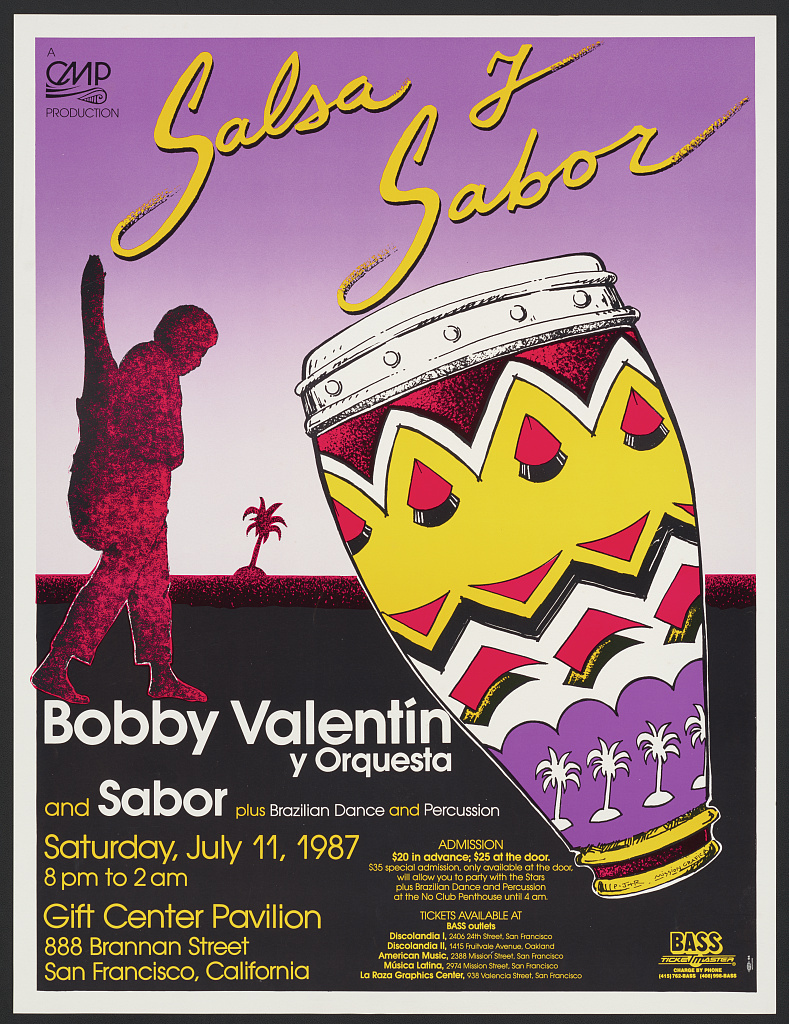Dance Fridays for Beginners
Wiki Article
More About Dance Fridays
Table of ContentsThe Dance Fridays DiariesSome Known Questions About Dance Fridays.The 10-Second Trick For Dance FridaysThe 2-Minute Rule for Dance Fridays
Let's consider Salsa dancing and music as a large Tree that looks like this: Salsa is danced global while many technical facets of the dancing coincide throughout styles (6 steps over 8 beats danced on a quick-quick-slow or slow-quick-quick rhythm), there are a number of "hallmark" features of the major designs of Salsa that identify one from the various other.Couples joining a Casino site Rueda dance all actions in unison as called by a Leader. Distinguishing attributes of Cuban design salsa are round turn patterns (with "break back" steps on counts 1 and 5) along with body language inspired by traditional Afro-Cuban folkloric dancings. Distinguishing features of Cali design salsa fasts and detailed footwork, danced with a strong hand hold connection in between partners.
The beginnings of the design are a subject of dispute, but it is stated that New york city design Salsa dance came from the 1960's because of the increase of Latin American emigrants after the Cuban Transformation. Eddie Torres is the most well understood New york city design dancer, being virtually generally attributed with popularizing the style to dance centres beyond New york city.
The standard rhythm of "On-2" is slow-quick-quick. The "youngest" of the styles of Salsa, L.A. Style (some people have actually called it "West Shore" design) came to be popular in the 1990's and has its beginnings in ballroom (Mambo, Swing and Cha, Cha, Cha). Turn patterns lead and adhere to strategies are heavily influenced by these designs, with the Cross Body Lead being the foundation of the style.
Dance Fridays Can Be Fun For Everyone
Design are implementation of turn patterns and figures in the "port", with the break actions on counts "1" and "5". While Salsa music has strong origins in Cuban, Colombian and Puerto-Rican folkoric practices, it can not be marked down that all Afro-Latin and Latin American cultures have actually added to contemporary Salsa music as we know it today.It's possible that due to political factors the payment of Afro-Cuban culture and heritage to modern Salsa in the 1960's and 70's is not commonly identified, yet it can not be ignored the big contribution and influence of the "Queen of Salsa", Celia Cruz (salsa club san francisco). Many thanks to the internet and simplicity of access to information, the appeal of Salsa songs, dancing and culture has spread like wildfire over the last 30 years and even after that contemporary Salsa musicians proceed to pay tribute to the Establishing Daddies and Mother of Salsa.
Today Salsa songs is developed, executed and renowned worldwide. In 2000 the influence of Latin American music and culture (not simply Salsa) was acknowledged by the National Academy of Recording Arts and Sciences in the United State and the Latin Grammy Awards were created. The Latin Grammy's have actually brought interest to the Salsa Legends and modern Salsa musicians alike
Dance Fridays Can Be Fun For Anyone
identifying features of Salsa music are: 4/4 measure signature, Kid Clave and Tumbao rhythms, Montuno Piano Unless you have a background in music, the above 3 qualities possibly imply absolutely nothing to you. A much easier means to explain Salsa music is how it does NOT appear like various other types of Latin American prominent songs.Bachata is a straight 4 beat dancing with an occurrence of a syncopated guitara line and a clear absence of any type of "difficult" piano, brass (trumpet, trombone) lines. Cha, Cha, Cha appears like Salsa songs the most as it seems like "truly slow" salsa/mambo. salsa club san francisco. Cha, Cha, Cha can be distinguished by it's focus of the double tumbao beat on counts 4 +5 and 8 +1 (the "cha-cha-cha") You have actually been informative post to a Salsa evening at a club and you're addicted you like the songs, the power, the look of two professional dancers sliding throughout the dancing floor executing great spins and turn patterns
The majority of brand new professional dancers choose to learn L.A. "On-1" style slotted Salsa designs are the most widespread in North America (with some exemptions of some city centres that still primarily embrace Cuban and Puerto Rican styles) and L.A
5 Easy Facts About Dance Fridays Shown
L.A. Style will quickly teach you the fundamentals of Salsa timing, weight transfer and turn pattern transform. Several professional dancers, when they've had a year or 2 of dance L.A. Style Salsa under their belts, "switch" to New York design in order to expand their dance vocabulary; but many professional dancers decide to stick to simply one design of Salsa and appreciate their time on the dance flooring in that specific style.Style and New York Design all being danced in the exact same club, with a lot of the professional dancers being able to change from one design to the various other from one tune to the next. No issue which style you choose it's crucial to stay with that design up until you're really comfy with the principles of timing, body rhythm and structure relocation execution before taking into consideration "switching" styles (if you intend to).

Report this wiki page